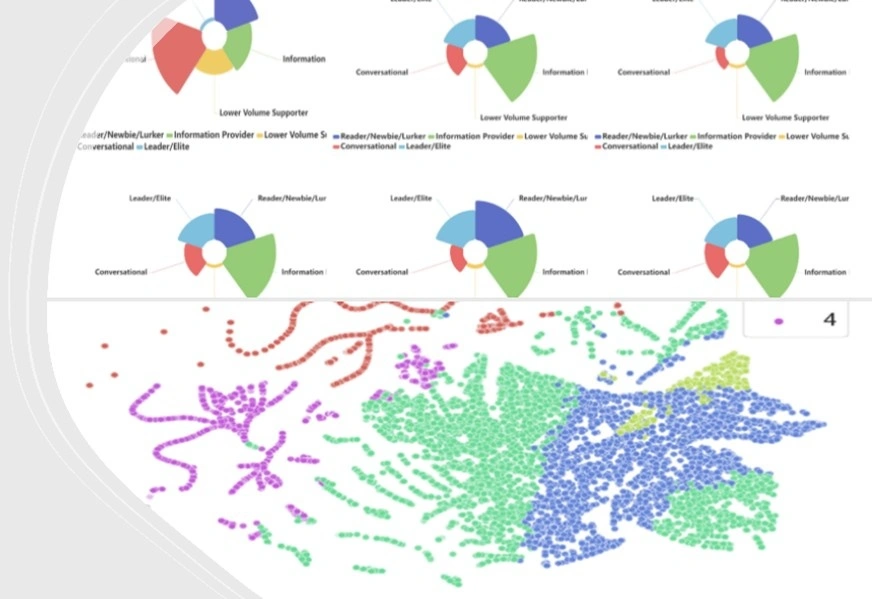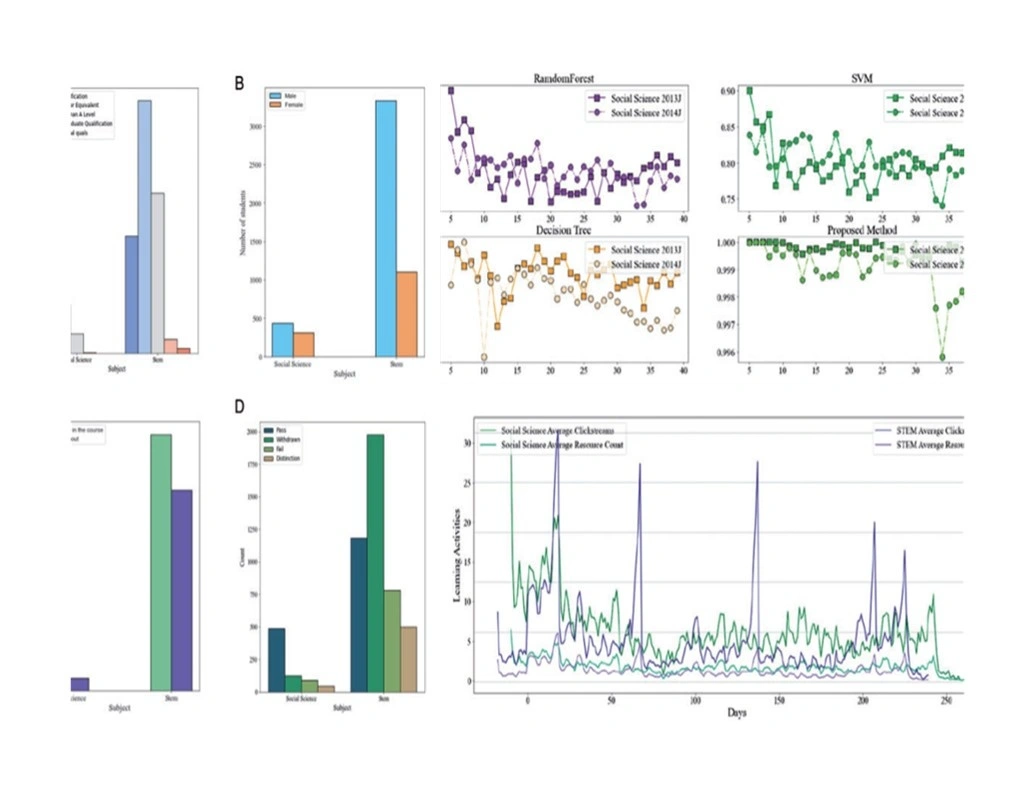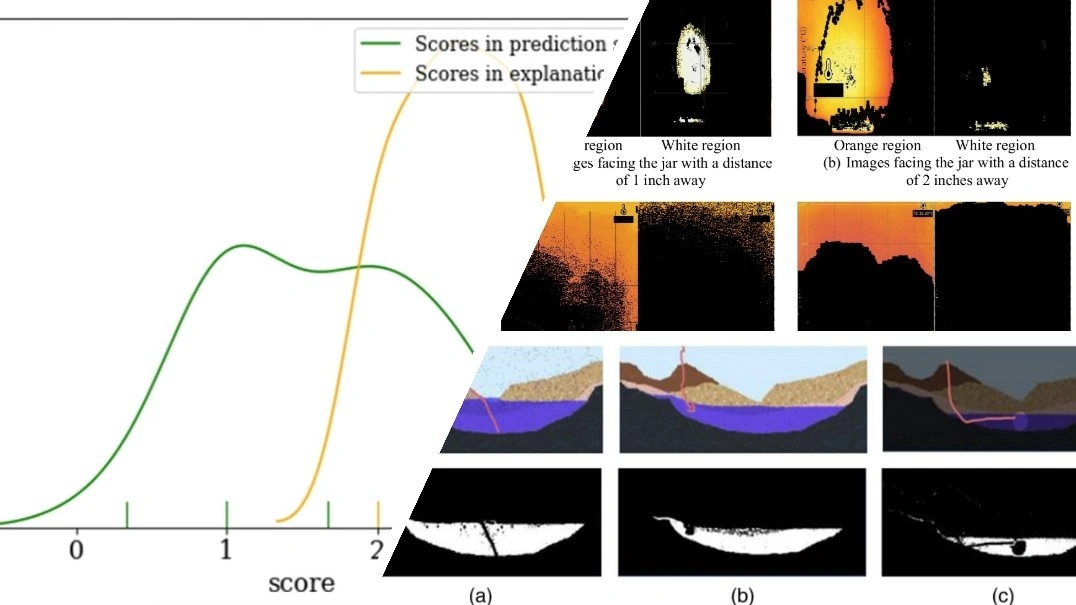LEARNING ANALYTICS
This project focuses on leveraging learning analytics to better understand and support student learning, engagement, and achievement across diverse educational contexts. By collecting, analyzing, and visualizing data from digital learning environments, we aim to uncover meaningful patterns that inform personalized instruction, timely interventions, and evidence-based decision-making. Our work in this area involves developing analytics frameworks, designing interactive dashboards, and exploring predictive models that help educators monitor student progress and adapt teaching strategies. We are particularly interested in ensuring that learning analytics systems are transparent, equitable, and contextually relevant, enhancing both the effectiveness and fairness of educational practice.
SUBPROJECTS

Identifying the Dynamics of Role Evolution
Understanding the various roles and their corresponding evolving patterns is essential for evaluating the health of learning communities, such as in Asynchronous Online Discussion (AOD) forums. Existing research primarily focuses on identifying specific roles without considering the dynamics of role evolution, which are significant to ongoing community development. Guided by the Reader-to-Leader Framework (RtLF), this study employs multiple machine learning approaches to identify and predict the evolution of roles over time in a learning community.

Indentify at Risk Student
This paper introduces a novel approach to identify at-risk students with a focus on output interpretability through analyzing learning activities at a finer granularity on a weekly basis. Specifically, this approach converts the predicted output from the former weeks into meaningful probabilities to infer the predictions in the current week for maintaining the consecutiveness among learning activities.

Assessing Scientific Reasoning Abilities
This study used techniques of automated image processing to extract relevant information from student-generated visual artifacts. Specifically, it used a series of image-processing algorithms to automatically extract and quantify features of images created by students to serve as evidence in support of scientific arguments. Using various statistical analyses, we identified the relationships between the extracted features and the students' performance levels in constructing scientific arguments.
Xing, W., Pei, B., Zhu, W., Li, H., & Guo, R. (2024). "The dynamics of role evolution in online learning communities." Distance Education, 1-25.
View Paper →Pei, B., Xing, W., Zhu, G., Antonyan, K., & Xie, C. (2023). "Integrating infrared technologies in science learning: An evidence-based reasoning perspective." Education and Information Technologies, 28(7), 8423-8443.
View Paper →Tang, H., Xing, W., & Pei, B. (2019). "Time really matters: Understanding the temporal dimension of online learning using educational data mining." Journal of Educational Computing Research, 57(5), 1326-1347.
View Paper →